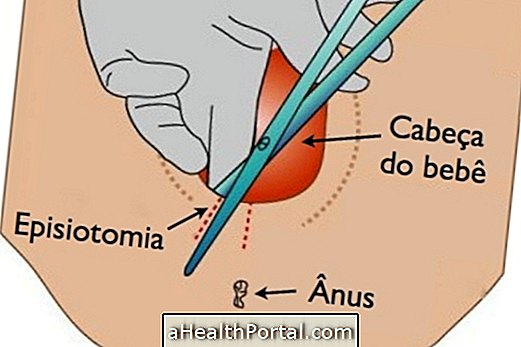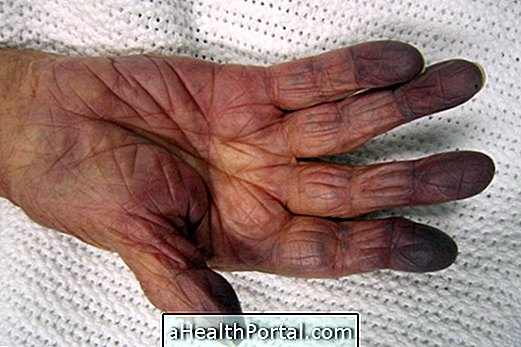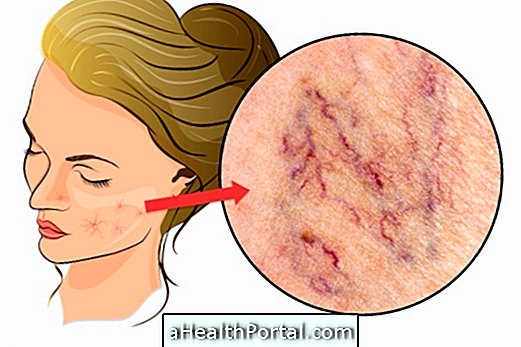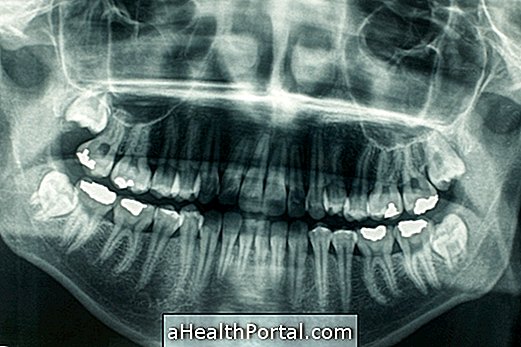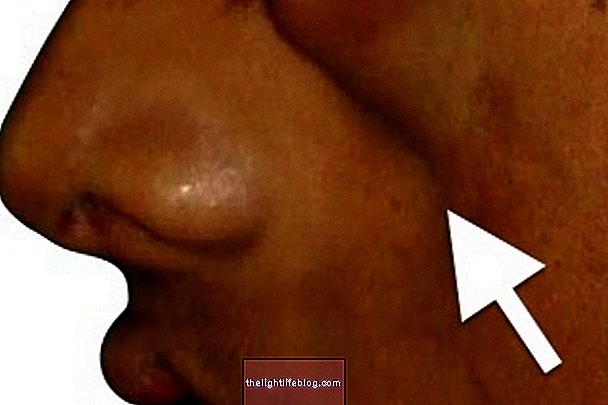The nasal polyp is an abnormal growth of tissue in the lining of the nose, which resembles small grapes or tears stuck inside the nose. Although some may develop at the onset of the nose and are visible, most grow in the inner canals or nasal sinuses, being unobservable, but may lead to symptoms such as a constant coryza, a stuffy nose, or persistent headache. example.
While some polyps may not cause any sign and be identified by chance during a routine nose exam, others cause various symptoms and may need to be removed through surgery.
Thus, whenever there is suspicion of nasal polyp, it is advisable to consult an otolaryngologist to confirm the diagnosis and start treatment to relieve the symptoms.
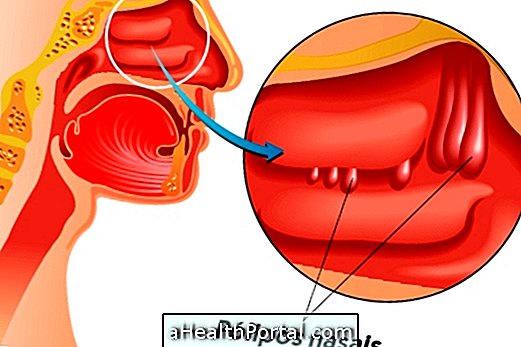
Main symptoms
One of the most characteristic symptoms of the nasal polyp is the appearance of a chronic sinusitis that takes more than 12 weeks to disappear; however, other symptoms may include:
- Constant coryza;
- Sensation of stuffy nose;
- Decrease in smell and taste;
- Frequent headache;
- Feeling of weight on face;
- Snoring during sleep.
There are also several cases in which the nasal polyps are very small and therefore do not cause any type of alteration, causing no symptoms. In these cases, polyps are usually identified during routine nose or airway exams.
Know 4 other possible causes for the constant coryza.
How to confirm the diagnosis
The otolaryngologist may suspect a nasal polyp only through the symptoms reported by the person, however, the best way to confirm the diagnosis is by doing diagnostic tests such as nasal endoscopy or a CT scan.
Before that, and if the person has chronic sinusitis, the doctor can first ask for an allergy test because it is easier to do and helps rule out one of the most common causes. See how the allergy test is done.
Can the nasal polyp turn cancer?
Nasal polyps are always benign tissue growths, without cancer cells and therefore can not become cancer. However, this does not mean that the person can not develop cancer of the respiratory system, especially if they are smokers.
Possible causes
Polyps are more common in people who have respiratory problems that cause constant irritation of the nasal mucosa. Thus, some causes that increase the risk of having a polyp include:
- Sinusitis;
- Asthma;
- Allergic rhinitis;
- Cystic fibrosis.
However, there are also several cases in which polyps appear without any history of changes in the respiratory system, and may even be related to a hereditary tendency.
How is the treatment done?
Treatment for the nasal polyp is usually done to try to relieve symptoms caused by constant sinusitis. Thus, your doctor may recommend the use of nasal spray steroids, such as Fluticasone or Budesonide, for example, that should be applied 1 to 2 times a day to decrease the irritation of the nose lining. Learn more about possible ways to treat sinusitis.
However, in cases where there is no improvement in symptoms, even after a few weeks of treatment, the otolaryngologist can advise to perform a surgery to remove the polyps.
How is the surgery done
Surgery to remove nasal polyps is usually done in the doctor's office with local anesthesia using an endoscope, which is a thin flexible tube that is inserted through the opening of the nose to the site of the polyp. Once the endoscope has a camera on the tip, the doctor is able to observe the location and remove the polyp with the help of a small cutting instrument at the tip of the tube.
After the surgery, the doctor usually recites some anti-inflammatory sprays that must be applied to prevent the polyp from appearing again, it is necessary to return to the surgery. In addition, nasal lavage with saline may further be encouraged to stimulate healing.

